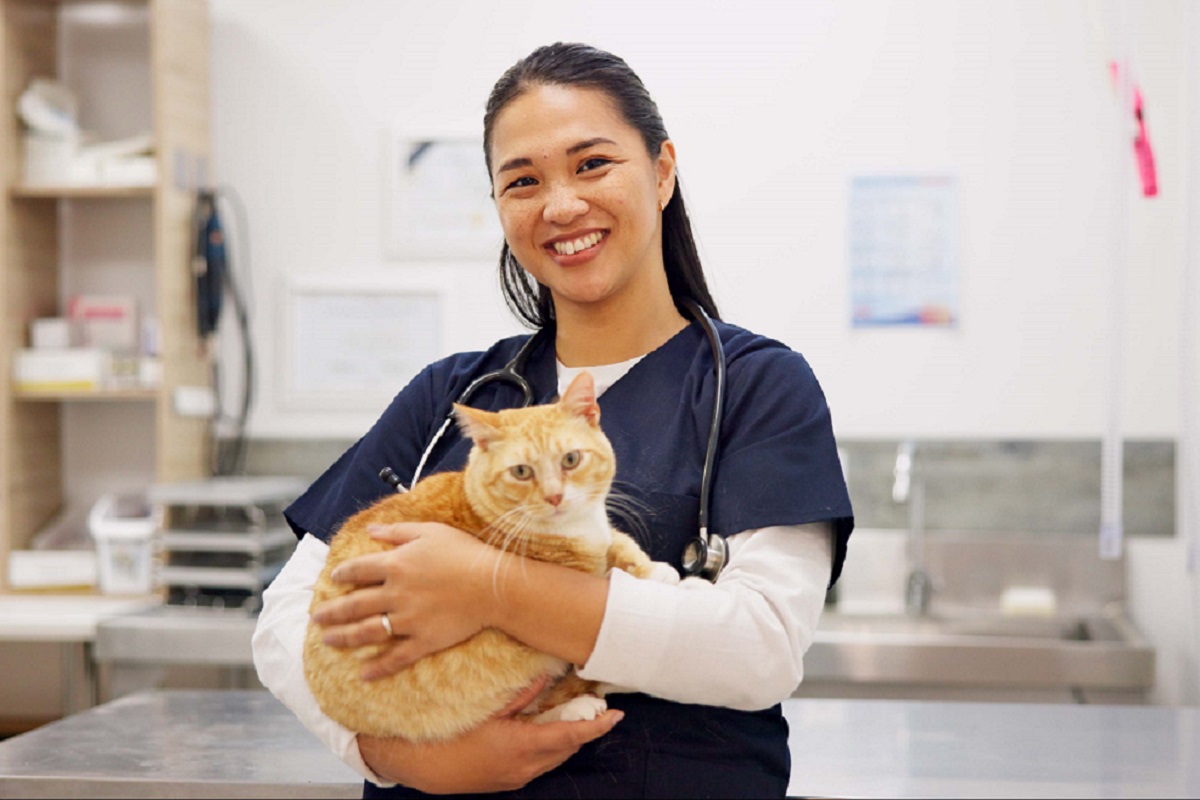World Veterinary Day, held annually on the last Saturday of April, this year has the global theme ‘Animal Health Takes a Team’.
The Australian Veterinary Association (AVA) is celebrating the teamwork behind animal health, recognising that veterinarians work in many different roles, such as clinicians, government advisors, researchers, and production animal specialists, and all collaborate to protect animals, people, and the environment.
Dr Sally Colgan, President of the AVA, said veterinary teams extend beyond the care of individual animals and are crucial to the nation’s food systems, biosecurity, public health, and economy.
“Without veterinarians, our food security, export markets and our ability to respond to disease outbreaks would be at serious risk.
“From farms and wildlife conservation, to local clinics and emergency response teams, veterinary teams are central to maintaining the health and welfare of all Australia’s animal industries.”
Veterinarians deliver a wide range of services across Australia. They support the 69 per cent of households with pets, contribute to a pet care industry worth $33.2 billion, and help maintain food security for 26 million Australians.
The veterinary industry itself adds more than $5.6 billion to the national economy annually and supports the $32.2 billion livestock sector. Around 15,000 veterinarians work across all states and territories, including rural and regional areas, and serve as frontline responders in public health, biosecurity, and emergency animal disease management.
“This World Veterinary Day, we’re celebrating all the teams behind animal health – veterinarians, vet nurses, researchers, producers, and policymakers – working together to keep Australia safe and thriving,” Dr Colgan said.
Veterinary teams operate in a wide range of settings, from companion animal clinics and livestock production to wildlife care, research, emergency response, and government agencies.
“Whether it’s a clinic team treating companion animals, a field team managing disease outbreaks, or scientists tracking emerging threats, each plays a critical role in safeguarding animal and public health and welfare.”
Dr Colgan also stressed the need for investment in rural veterinary services and workforce retention to sustain the industry.
“Supporting veterinary teams in all their forms means supporting our communities, industries, and exports.”
To stay up to date on the latest industry headlines, sign up to the Pet Industry News e-newsletter.

